Planning a trip to Tibet is not as complicated as you might think. You only need to consider a few essential factors to ensure a seamless journey, such as the best time to visit, the best way to get to Tibet, top places to explore, what to pack, necessary travel documents, and more.
In this guide, we will walk you through these key points and share our best tips from seasoned travel experts. Read on to discover top tips like why small group tours are ideal, the benefits of packing light, how to deal with altitude sickness, etc. Get ready to enjoy a smooth and pleasant adventure in Tibet!
The Best Way to Visit Tibet is by Joining a Small Group Tour
Joining a small group tour is often the best way to experience the highlights of Tibet and all it has to offer. Small group tours provide many benefits, including the opportunity to explore Tibet with a knowledgeable guide.
For budget travelers, you can save your costs by joining a small group tour. You can share your costs, such as accommodations, with other travelers. For solo travelers, you can meet and make friends with other like-minded individuals.
Small group tours also make the travel experience more convenient and stress-free. You can leave the organization of transportation, accommodations, and permits to the tour operator, allowing yourself to focus on enjoying your journey.
Our small Tibet group tours promise the lowest tour price, with no detours or forced shopping. With a group size of fewer than 12, our seasoned local Tibetan guide can provide an authentic taste of Tibet. So, if you're planning a trip to Tibet, consider joining a small group tour for a memorable and hassle-free experience.
 One of our small Tibet group tours has visited Lhasa.
One of our small Tibet group tours has visited Lhasa. The Best Time to Visit Tibet is from April to October
Tibet actually can be visited all year round, but the best time is generally from April to October, covering spring, autumn, and monsoon seasons. In spring and autumn, the plateau enjoys mild and stable weather, and most areas of the land are accessible. The clear sky and fresh air of the autumn season are especially friendly for trekking in Tibet.
Summer is also one of the best seasons to visit Tibet, despite some regions of Tibet may have heavy rainfall. The weather is warm, not as hot as in other places due to the high elevation. And colorful flowers bloom, making the plateau landscape more stunning. Just pay attention to possible mudslides when traveling overland.
In addition, winter is also a good time to visit some areas in Tibet, like Lhasa city. The winter in Lhasa is not extremely cold, but actually warmer than many places in northern China. And the sunshine in the wintertime is quite strong here. It is also an excellent chance to save your Tibet tour cost for budget travelers.
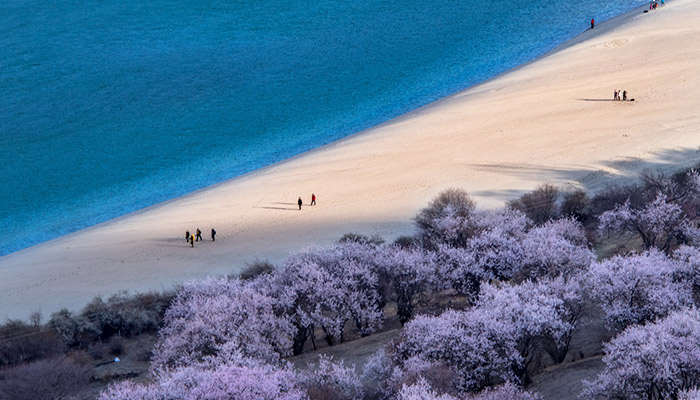 The best time to visit Tibet is from April to October with nice weather.
The best time to visit Tibet is from April to October with nice weather.The Best Way to Get to Tibet is by Tibet Train
To get to Tibet, we recommend taking a Tibet train, which offers several benefits. You can first fly from your home country to an entry city in mainland China, such as Beijing, Shanghai, or Guangzhou. Then, to reach Tibet, fly to Xining and take the train to Lhasa.
There are several advantages to this approach. First, it can be more cost-efficient than a straight flight journey to Tibet. Especially during peak travel season, the flights to Tibet will charge quite high.
Secondly, you can enjoy the breathtaking scenery of the Qinghai-Tibet Railway during the shortest train ride from Xining (less than 24 hours). Trains to Lhasa from other cities like Beijing, and Guangzhou all take so long, averagely lasting 40 hours.
Additionally, taking the train can help you better acclimatize to the high altitude of the plateau. The train ascends gradually, giving your body more time to adjust. Moreover, the train is equipped with oxygen and medical facilities for emergencies, ensuring the safety of passengers.
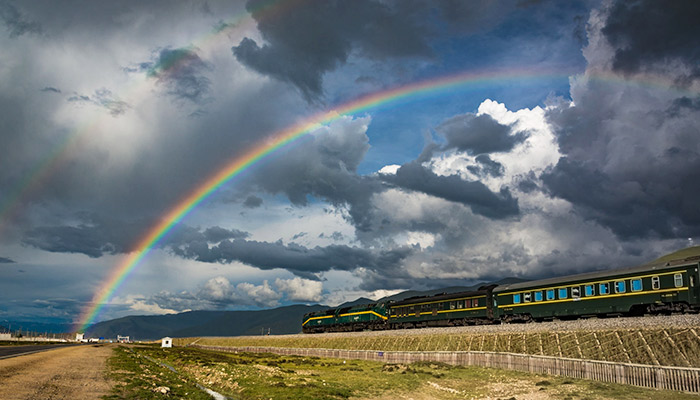 Taking the Tibet train enables one to enjoy the beautiful scenery along the way.
Taking the Tibet train enables one to enjoy the beautiful scenery along the way.The Easiest Way to Visit Tibet is Packing Light
Due to the low temperature and strong ultraviolet rays in Tibet, it is best not to wear shot-sleeved tops and shorts, even in summer. Instead, you need to pack warm clothing such as sweaters, down jackets, warm underwear, scarves, warm hats, gloves, etc., to keep warm in Tibet.
Especially in the winter season, or when going to Mount Everest or Mount Kailash region, you should bring thick down jackets. For shoes, hiking shoes or sneakers are recommended. And if you plan to trek in Tibet, rush clothes, rainproof clothes, and quick-dry pants are essential.
But remember, keeping your luggage light will make it easier for you to move around and enjoy your trip to Tibet without any unnecessary burdens. You can always rent some items when you arrive in Tibet, and packing smartly can make your travel experience more comfortable.
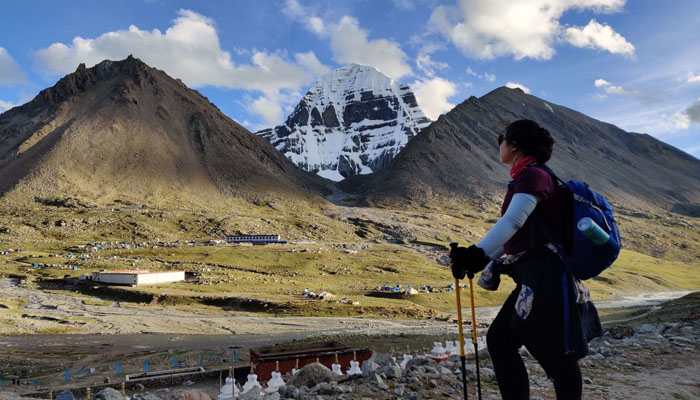 One needs to pack thick clothing when visiting Mt. Kailash.
One needs to pack thick clothing when visiting Mt. Kailash.The Best Attractions for Anyone Visiting Tibet include Everest Base Camp, Yamdrok Lake, Potala Palace, and Barkhor Street
Tibet is an abundant land for travel and sightseeing. There are both splendid cultural landmarks and breathtaking natural sites. Here we list some of the best attractions for anyone to visit Tibet: Everest Base Camp, Yamdrok Lake, Potala Palace, and Barkhor Street.
Everest Base Camp
Mount Everest can be visited from both Nepal and Tibet sides. And the Everest Base Camp on the Tibetan side (5200m) is easier to access and popular among most ordinary tourists. Here you can catch the stunning summit view of Mount Everest and appreciate the starry night when the weather is clear. For energetic travelers, you can also trek to the Everest Base Camp from Old Tingri, making a unique experience for your Tibet tour.
Join our most popular Lhasa to Everest Base Camp tour for a smooth experienc!
Yamdrok Lake
Yamdrok Lake is among the three holiest lakes in Tibet, boasting crystal-clear blue waters and a surrounding of snow-capped mountains. Located just a short ride from Lhasa, the lake allows visitors to enjoy stunning scenery, stroll along the lakeside, and take photos with cute Tibetan Mastiffs. It is a must-visit destination for those seeking a spiritual journey and a chance to connect with Tibetan culture.
Potala Palace
The Potala Palace is one of the most iconic and significant landmarks in Tibet. The palace was once the residence of the Dalai Lama and is now a UNESCO World Heritage Site. The palace is a sprawling complex of buildings and contains many rooms, temples, and galleries filled with priceless artworks, artifacts, and religious relics. You can explore the palace and learn about its rich history and cultural significance.
Barkhor Street
Barkhor Street is a lively and bustling market street located in the heart of Lhasa. The street is lined with colorful shops selling all kinds of goods, including traditional Tibetan handicrafts, jewelry, clothing, and souvenirs. Here you can stroll through the narrow alleys, sample local delicacies, and soak up the lively atmosphere of this vibrant street.
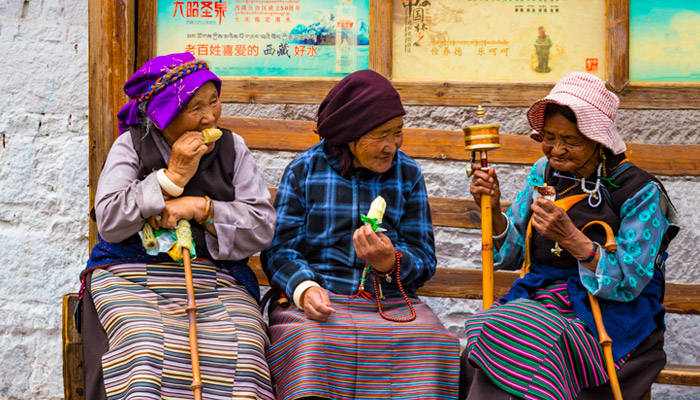 Local old Tibetan women leisurely sitting at Barkhor Street
Local old Tibetan women leisurely sitting at Barkhor StreetThe Most Important Document to Enter Tibet is Tibet Travel Permit
To visit Tibet, international tourists must get the Tibet Travel Permit. Without it, you can’t even take the train or flight to Tibet. Fortunately, the application process is not as complicated as many assume.
According to the policy, individual application for Tibet Permit is not allowed, so one needs to contact a travel agency to handle the permit application. Here we offer the simple steps to help you get the Tibet Travel Permit.
Step 1: Book your Tibet tour with us, and confirm your itinerary in Tibet.
Step 2: Send us copies of your passport and Chinese Visa.
Step 3: We will help to submit the permit application on your behalf.
Step 4: Get your Tibet Permit before heading to Tibet.
The Tibet Permit will be checked before you board the train or flight to Lhasa. It is recommended to start the application at least 2 weeks before your departure date.
Join our Mount Kailash tour with all Tibet travel documents guaranteed.
The Most Important Health Precaution is Being Aware of Altitude Sickness
Health concern is a major issue when traveling anywhere in the world. And in Tibet, altitude sickness is the primary concern. People traveling to Tibet may experience varying degrees of altitude sickness, with symptoms such as headaches, dizziness, and shortness of breath being normal. These symptoms usually disappear after one to three days of adaptation. However, if there are severe symptoms such as vomiting, vertigo, or insomnia, medication and oxygen absorption may be necessary, or a visit to a doctor.
There is no need to be too nervous, as long as you take effective measures to prevent altitude sickness. Before entering Tibet, you can undertake some psychological and physical adaptation exercises. Upon arrival in Tibet, it is recommended to stay in Lhasa (at a lower altitude) for a few days before heading to higher mountain areas like Mount Everest.
Avoid heavy physical activities such as rushing, jumping, etc., and keep yourself warm, as cold can exacerbate altitude sickness. Drink plenty of water and avoid smoking and alcohol in the first two days. Additionally, it is not advisable to take a shower right after arriving in Tibet.
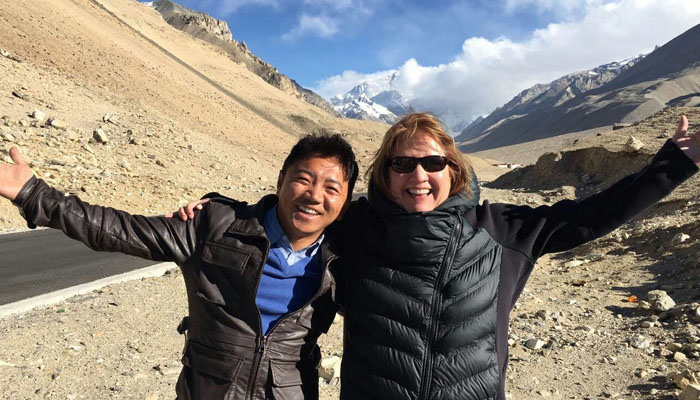 Having a smooth and safe trip to Mt. Everest after enough rest in Lhasa.
Having a smooth and safe trip to Mt. Everest after enough rest in Lhasa.Conclusion
Visiting Tibet is a unique and rewarding experience but requires careful planning and preparation. By following the tips and recommendations provided, you can make the most of your Tibet tour and create lasting memories. As a trusted tour operator based in Lhasa, we are well-equipped to help you fulfill your trip to Tibet.
If you have any questions or need more information about visiting Tibet, please feel free to contact us or leave a comment below. We look forward to helping you make your Tibet travel dream a reality.





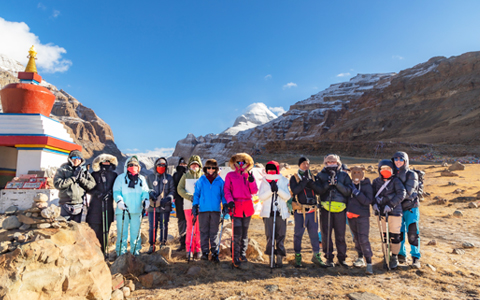

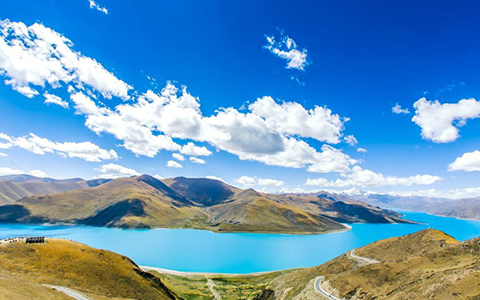
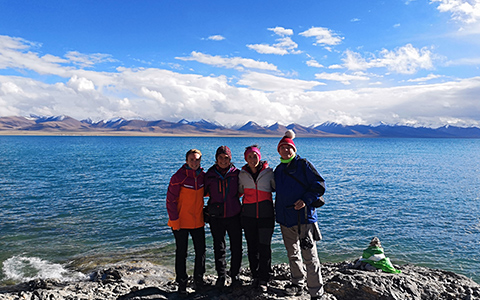
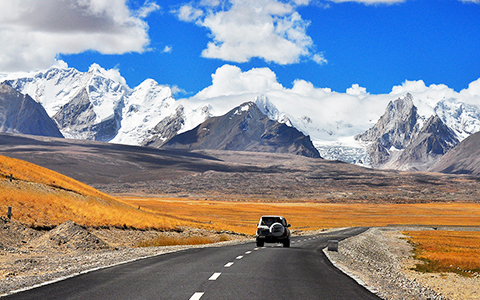



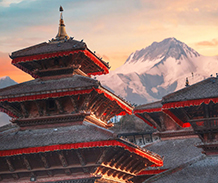
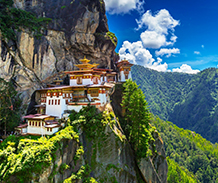
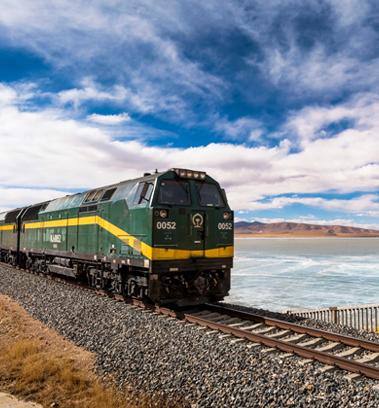



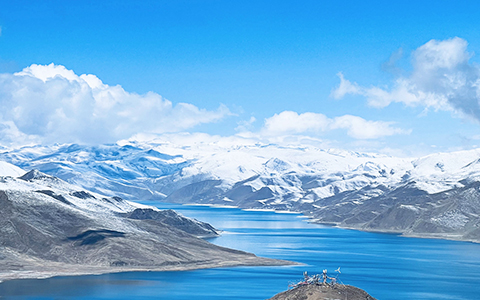
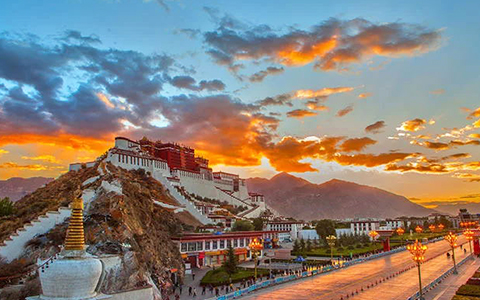






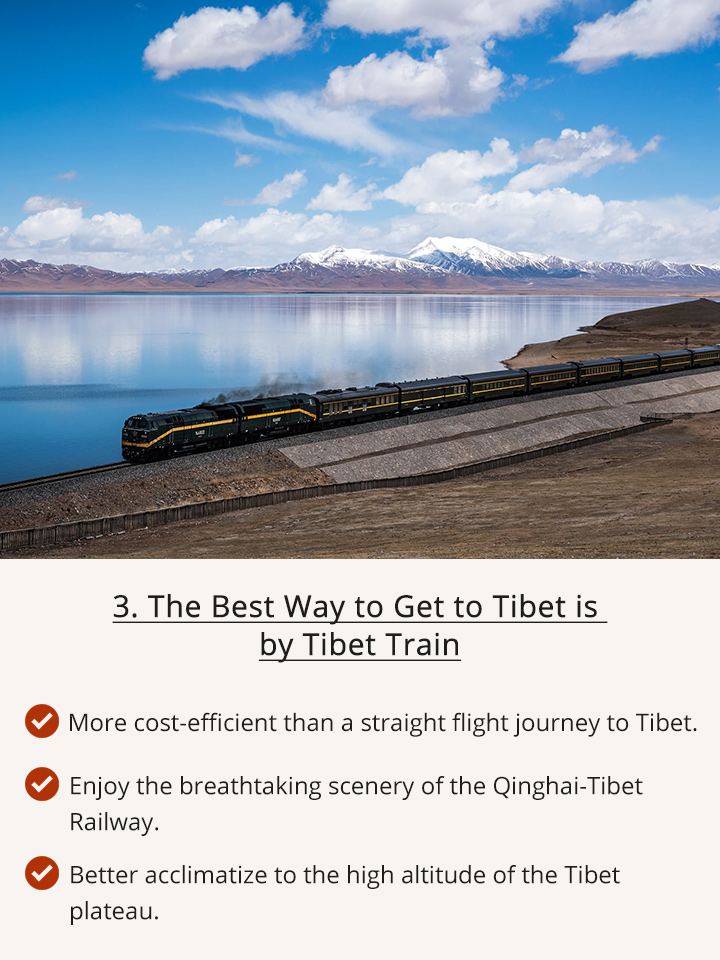

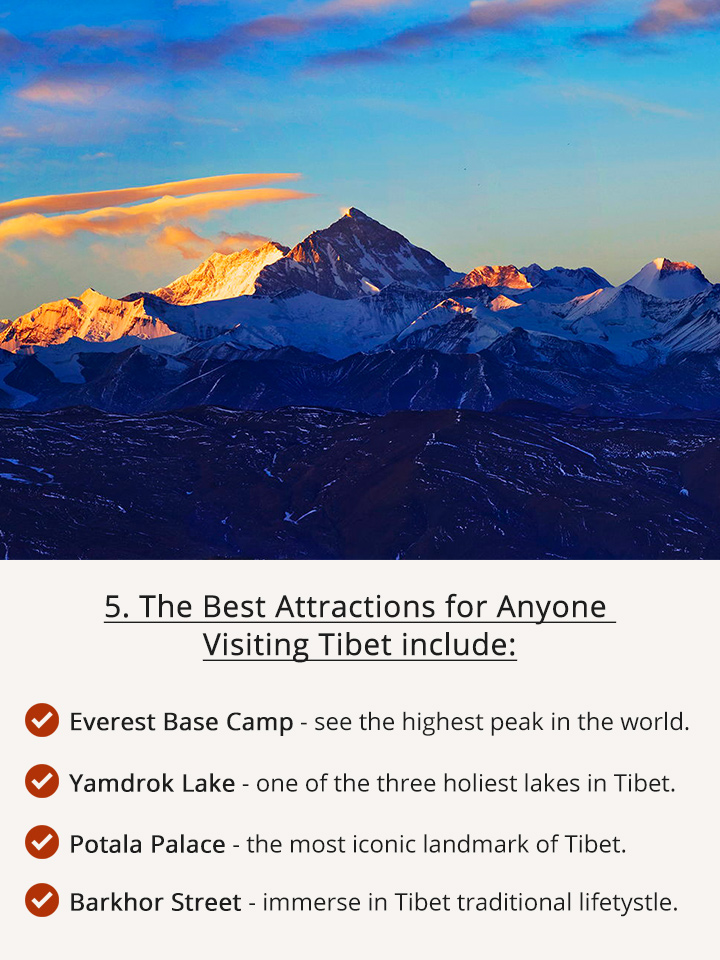
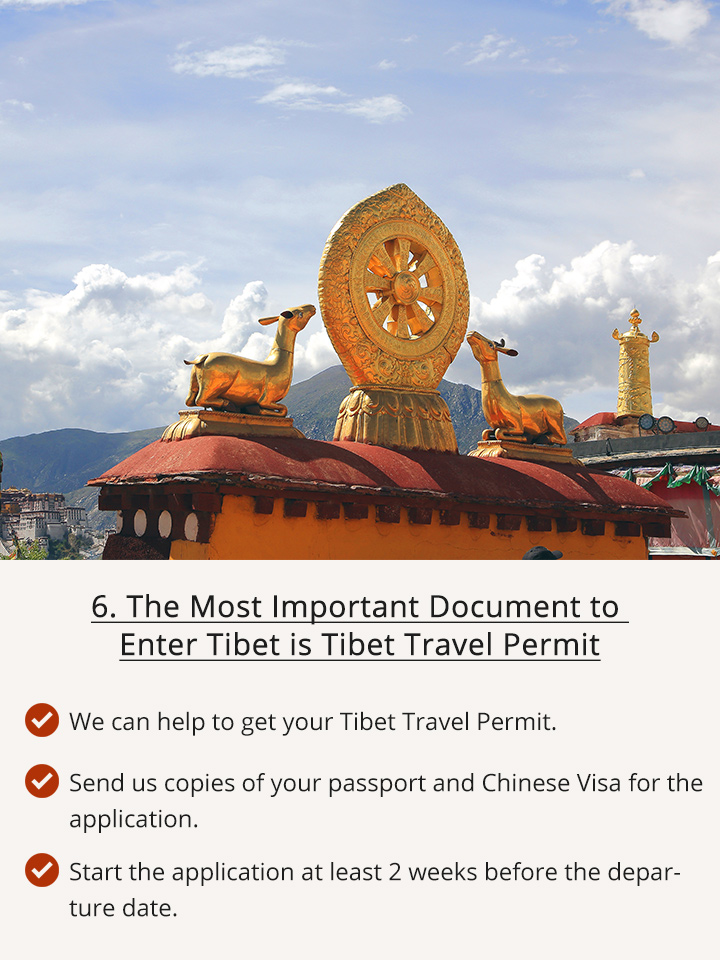
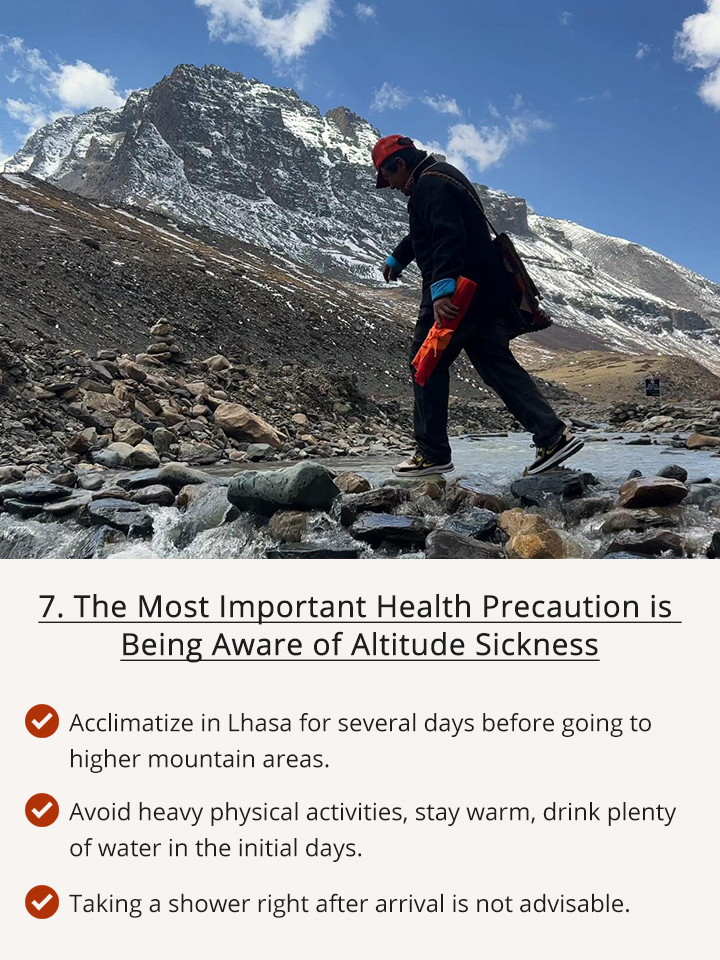
 One of our small Tibet group tours has visited Lhasa.
One of our small Tibet group tours has visited Lhasa.  The best time to visit Tibet is from April to October with nice weather.
The best time to visit Tibet is from April to October with nice weather. Taking the Tibet train enables one to enjoy the beautiful scenery along the way.
Taking the Tibet train enables one to enjoy the beautiful scenery along the way. One needs to pack thick clothing when visiting Mt. Kailash.
One needs to pack thick clothing when visiting Mt. Kailash.
 Local old Tibetan women leisurely sitting at Barkhor Street
Local old Tibetan women leisurely sitting at Barkhor Street
 Having a smooth and safe trip to Mt. Everest after enough rest in Lhasa.
Having a smooth and safe trip to Mt. Everest after enough rest in Lhasa.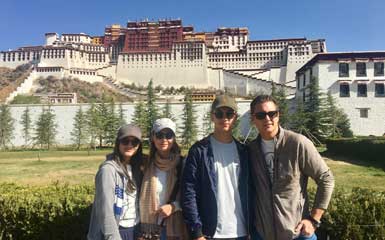




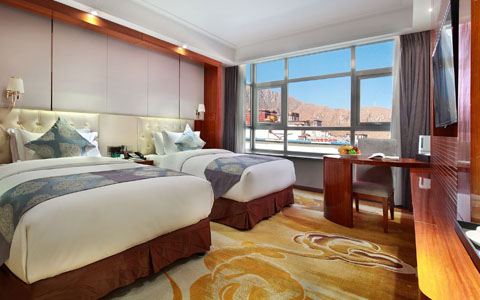
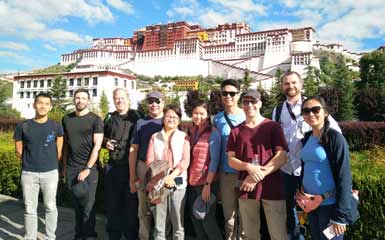


Ask a Quick Question